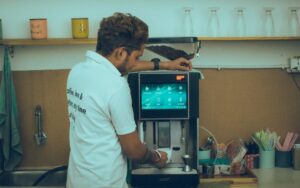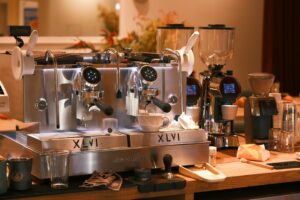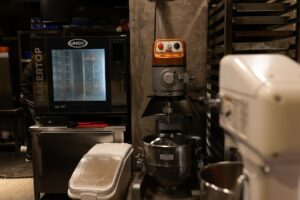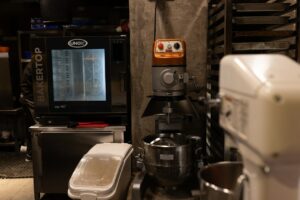Creating a Realistic Robotic Barista: A 3D Animation Project
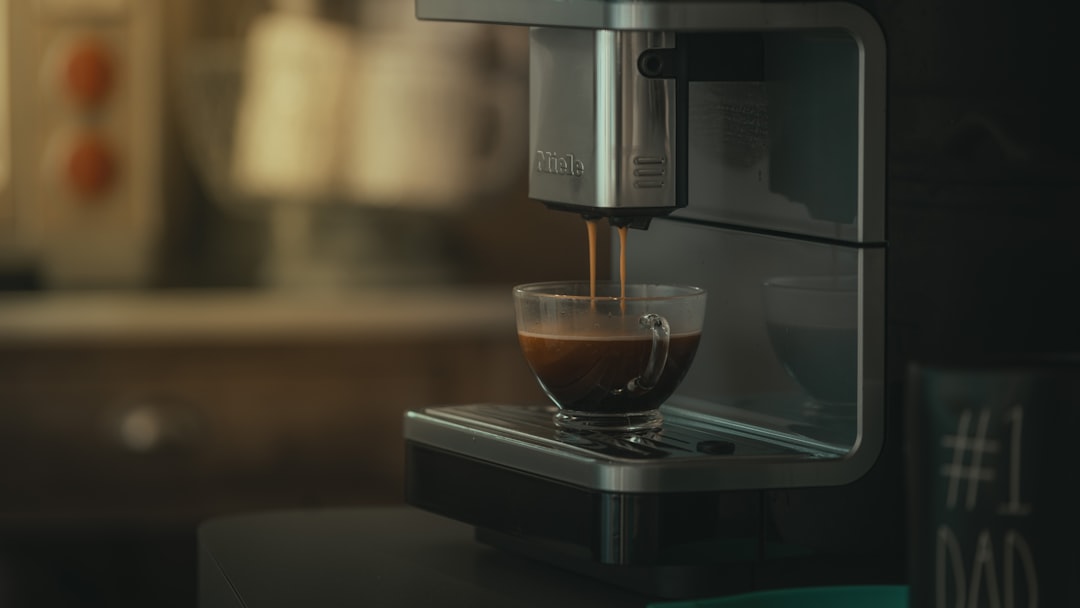
Discover the intricacies of 3D coffee robot design in creating a lifelike robotic barista.
Introduction
The fusion of robotics and the coffee industry is revolutionizing how we experience our daily brew. With advancements in 3D coffee robot design, businesses are now able to offer not only efficiency but also a touch of artistry through automated systems. This blog explores the journey of designing and animating a robotic barista using Blender, highlighting the sophisticated techniques that bring this innovation to life.
The Rise of Robotics in Coffee Services
The coffee takeaway experience has traditionally been human-centric, relying on skilled baristas to deliver quality beverages. However, the demand for consistency, speed, and personalization has paved the way for robotics integration. Robots in coffee services enhance operational efficiency, reduce human error, and provide a novel experience that attracts tech-savvy customers.
AI-Barista: Transforming the Coffee Experience
AI-Barista is at the forefront of this transformation, aiming to redefine the coffee takeaway model through advanced AI and robotic technology. By enabling a seamless, human-free service, AI-Barista not only improves service speed but also ensures consistent product quality. Customers interact with an AI chatbot to customize their orders, while robotic arms meticulously prepare each beverage using a manual espresso machine.
The Importance of 3D Coffee Robot Design
3D coffee robot design plays a crucial role in visualizing and simulating the robotic barista’s functionalities. Utilizing tools like Blender allows designers to create detailed models that accurately represent the mechanics and aesthetics of the robot. This precision ensures that the final product is both functional and appealing, seamlessly blending technology with the art of coffee making.
Designing the Robotic Barista in Blender
Blender serves as the primary software for modeling and animating the robotic barista. The design process involves several key steps:
1. Conceptualization
Before diving into 3D modeling, it’s essential to sketch the initial concepts of the robotic barista. These sketches outline the robot’s appearance, movements, and interaction points with the coffee-making equipment.
2. 3D Modeling
Using Blender, designers create a detailed 3D model of the robot. This includes articulating the joints, designing the robotic arms, and ensuring that each component functions harmoniously. Precision in modeling ensures that the robot can replicate the intricate tasks of a human barista.
3. Texturing and Lighting
Applying realistic textures and appropriate lighting enhances the visual appeal of the robotic barista. Textures give the robot a tangible feel, while lighting simulates real-world conditions, making the animation more immersive.
4. Rigging and Animation
Rigging involves setting up the robot’s movement controls, allowing for fluid and natural motions. Animating the barista includes programming the sequence of actions involved in making a coffee, from grinding beans to creating latte art.
Advanced Techniques in 3D Coffee Robot Design
Creating a realistic robotic barista requires advanced techniques to simulate real-life movements and interactions. Some of these techniques include:
- Kinematics: Ensuring that the robotic arms move in a lifelike manner, mimicking human dexterity.
- Simulation: Testing the robot’s interactions with coffee-making equipment to identify and rectify potential issues.
- Particle Systems: Creating realistic coffee splashes and steam effects to add authenticity to the animation.
Enhancing Customer Experience
The integration of AI and robotics in coffee services goes beyond mere automation. AI-Barista leverages data from customer interactions to customize offerings, ensuring personalized experiences. Additionally, the visually impressive coffee-making process captivates customers, encouraging them to share their unique experiences on social media, thereby enhancing brand visibility.
Sustainability and Community Engagement
AI-Barista’s design also emphasizes sustainability and community engagement. By partnering with local roasters, the project ensures the use of high-quality, ethically sourced coffee beans. Eye-catching exterior designs and digital displays showcase the coffee-making process, making AI-Barista a social hub that attracts pedestrians and fosters community interaction.
Future Prospects of Robotics in the Coffee Industry
As technology continues to evolve, the potential for robotics in the coffee industry expands. Future advancements may include more sophisticated AI for better customer interactions, enhanced robotic precision for intricate latte art, and expanded franchise models to bring AI-Barista to diverse urban locations. The ongoing updates and maintenance frameworks ensure that the technology remains cutting-edge, fostering long-term sustainability and growth.
Conclusion
3D coffee robot design is pivotal in bringing the vision of AI-Barista to life, blending the precision of robotics with the artistry of coffee making. This innovative approach not only streamlines the service process but also elevates the customer experience, setting new standards in the coffee industry. As robotics and AI technologies advance, the future of coffee services promises even more exciting developments, making each cup not just a beverage but a memorable experience.
Ready to explore the future of automated coffee services? Join us at AI-Forge and be part of the revolution!

